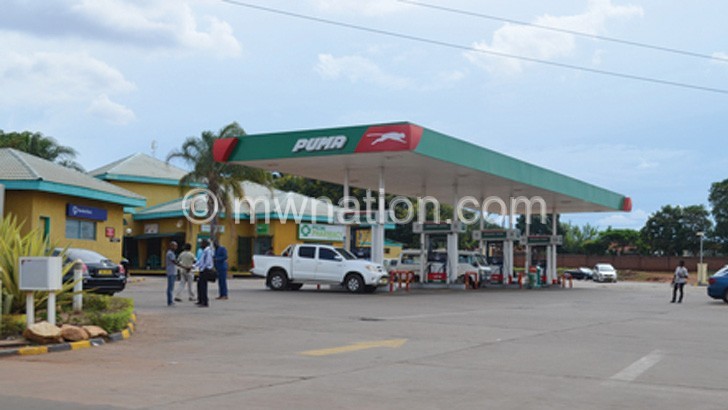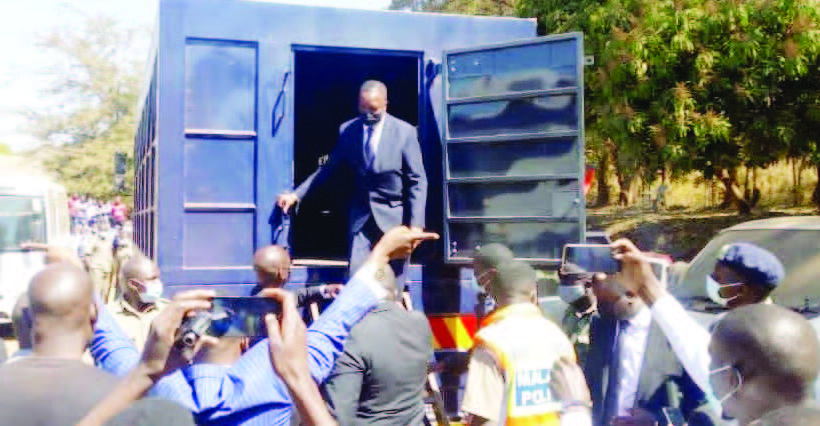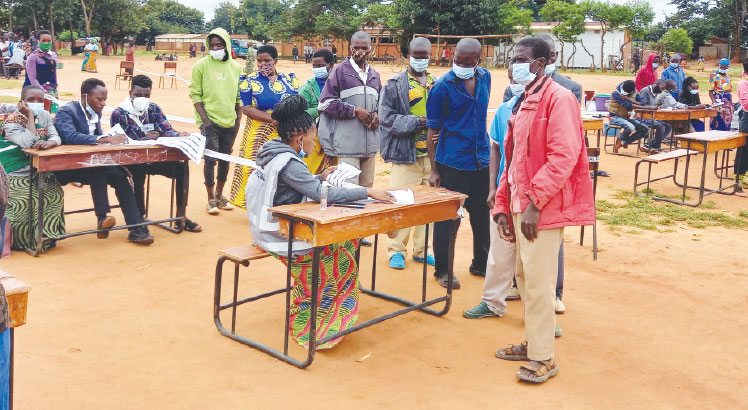Back- to-back fuel decreases
People woke up with smiles yesterday after Malawi Energy Regulatory Authority (Mera) once again announced the drop of fuel prices in response to the trend on the international market that FOB (Free On Board) prices have taken.
This drop comes less than a month after Mera also reduced fuel prices on December 15.

In a statement dated January 11 2019, Mera chief executive officer Collins Magalasi said the energy regulatory board resolved to revise the fuel pump prices downwards after assessing the international market, exchange rate movements and the resultant impact on the landed cost of petroleum products in the country.
Retail pump price for petrol, according to the statement, is now K868.00 from K923.50 per litre, diesel is now K874.00 from K949.60 per litre and paraffin is at K710.50 from K781 80 per litre.
But Consumers Association of Malawi (Cama) executive director John Kapito said in an interview yesterday that while it was enough reason for Malawians to smile, it was sad that services and prices that shoot following increased fuel prices do not go down when fuel prices go down.
“When fuel prices go up, prices and services go up, but nothing happens when the same fuel prices go down. We expect the transportation sector, including minibuses to reduce their charges or fares. The supermarkets, too, must react to these reductions,” he said.
The Cama boss suggested that government should appoint an independent committee that can be monitoring the market when fuel prices go up or down.
Kapito said the main beneficiaries when fuel prices go down are people that directly buy it and not ordinary Malawians that do not buy the fuel, but are affected by increased prices of goods.
“All in all, I commend the Reserve Bank for maintaining the stability of the kwacha which is contributing to these changes. The exchange rate has been stable for a long time and this must be encouraged,” he said.
Mera, on November 22 2018, increased the pump prices after Malawians had gone 20 months-between November 2016 and July 2018-riding on the luxury of stable prices.
The November upward adjustment sparked fear from Cama of tougher times ahead while the Economics Association of Malawi (Ecama) president Chikumbutso Kalilombe said the price hike was going to have a direct bearing on the economy.
When fuel prices go up, inflation also goes up and it brings all sorts of problems to the economy, according to Kalilombe.
Malawi adopted an automatic pricing mechanism (APM) in May 2012, which entails prices going upwards or downwards in the event of set variables, notably in-bond landed cost of fuel, the exchange rate and world oil prices, changing by plus or minus five percent.





